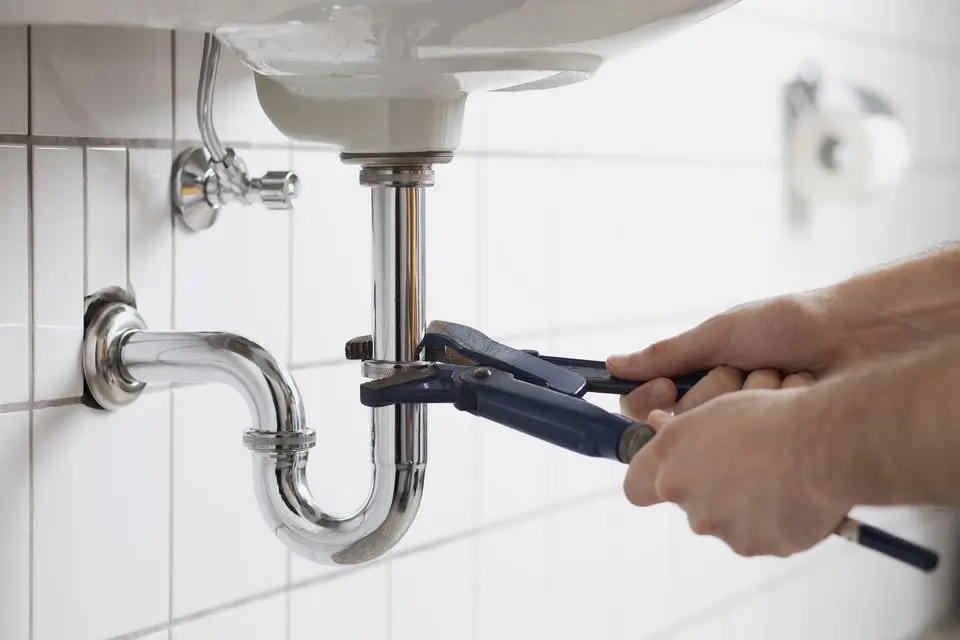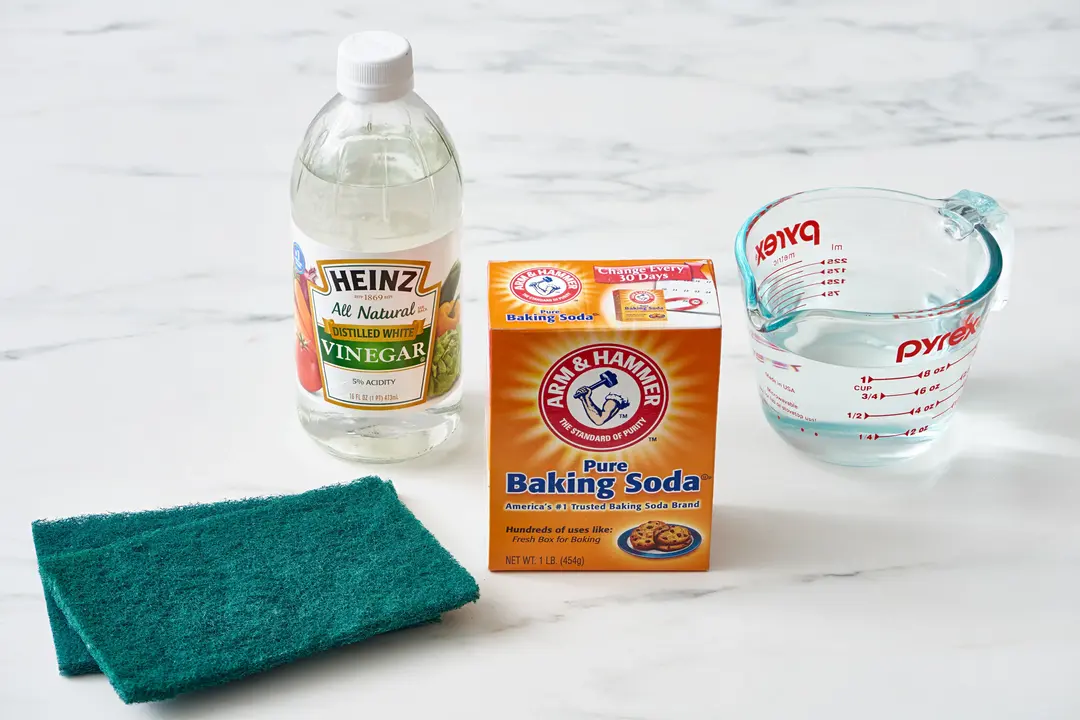Unclogging a bathroom sink can seem like a daunting task, but with the right techniques and tools, it’s a manageable feat. From hairballs to soap scum, there are various culprits that can lead to a clogged sink, disrupting your daily routine and causing frustration. However, fear not! exploring a range of effective methods and strategies to tackle even the most stubborn clogs. Whether you’re a seasoned DIY enthusiast or a novice homeowner, these tips and tricks will empower you to take charge of your plumbing and restore proper drainage to your sink in no time.
Bathroom Problem
Clogged bathroom sinks are often caused by a buildup of debris such as hair, soap scum,  toothpaste residue, and other particles that accumulate in the drain over time. This accumulation restricts water flow and eventually leads to a blockage, causing water to drain slowly or not at all. Understanding the root cause of the problem is crucial to effectively addressing the issue and preventing future clogs.
toothpaste residue, and other particles that accumulate in the drain over time. This accumulation restricts water flow and eventually leads to a blockage, causing water to drain slowly or not at all. Understanding the root cause of the problem is crucial to effectively addressing the issue and preventing future clogs.
Exploring DIY Solutions
When it comes to unclogging a bathroom sink, there are several DIY solutions you can try before resorting to professional help.  From simple household ingredients to specialized tools, these methods are easy to implement and can save you time and money. Whether you opt for the baking soda and vinegar method, the boiling water technique, or the trusty plunger, each approach has its unique advantages and can be tailored to suit your specific needs..
From simple household ingredients to specialized tools, these methods are easy to implement and can save you time and money. Whether you opt for the baking soda and vinegar method, the boiling water technique, or the trusty plunger, each approach has its unique advantages and can be tailored to suit your specific needs..
Plunger Method
When it comes to stubborn clogs, the trusty plunger is your best friend.  This tried-and-tested tool can effectively dislodge blockages and restore proper drainage to your sink. By creating a strong seal over the drain and pumping the plunger up and down forcefully, you can generate enough pressure to break up the clog and allow water to flow freely. This method is easy to implement and can be highly effective, making it a go-to solution for many homeowners.
This tried-and-tested tool can effectively dislodge blockages and restore proper drainage to your sink. By creating a strong seal over the drain and pumping the plunger up and down forcefully, you can generate enough pressure to break up the clog and allow water to flow freely. This method is easy to implement and can be highly effective, making it a go-to solution for many homeowners.
Seeking Professional Help
If DIY methods fail to unclog your bathroom sink or if the clog persists, it may be time to seek professional help.  A licensed plumber has the expertise and specialized equipment to tackle even the most stubborn clogs and underlying plumbing issues. While professional services may come at a higher cost, they can save you time and frustration in the long run by ensuring that the problem is resolved correctly
A licensed plumber has the expertise and specialized equipment to tackle even the most stubborn clogs and underlying plumbing issues. While professional services may come at a higher cost, they can save you time and frustration in the long run by ensuring that the problem is resolved correctly
Baking Soda and Vinegar Method
This tried-and-tested DIY method is a favorite among homeowners for its simplicity and effectiveness.  Here’s how to unclog your bathroom sink using baking soda and vinegar:
Here’s how to unclog your bathroom sink using baking soda and vinegar:
- Mix 1/3 cup of baking soda with 1/3 cup of vinegar in a measuring cup.
- Pour the mixture down the drain and let it sit for about an hour.
- Flush it out with hot water to wash away the dissolved debris.
Boiling Water Method
Boiling water is another simple yet effective way to clear minor clogs in bathroom sinks.  Follow these steps:
Follow these steps:
- Boil a kettle or pot of water.
- Carefully pour the boiling water down the drain in a slow, steady stream.
- Repeat as needed until the clog is cleared and water drains freely.
Plumbing Snake Method
For deep-seated clogs caused by hair and debris, a plumbing snake can come to the rescue.  Follow these steps to use a plumbing snake:
Follow these steps to use a plumbing snake:
- Insert the end of the plumbing snake into the drain.
- Rotate the snake while pushing it further into the drain to hook onto the clog.
- Slowly pull out the snake, removing any debris caught on the end.
- Rinse the drain with a homemade cleaner made of vinegar and baking soda to clear any remaining residue.
Comparison Table
| Method | Effectiveness | Cost | Ease of Implementation |
|---|---|---|---|
| Baking Soda & Vinegar | High | Low | Easy |
| Boiling Water | Medium | Low | Easy |
| Plunger | High | Low | Moderate |
| Plumbing Snake | High | Low | Moderate |
| Professional Help | High | Varies | Difficult |
FAQs
Q: Can I use bleach to unclog my bathroom sink?
A: Bleach is not recommended as it can damage pipes and fixtures.
Q: How often should I unclog my bathroom sink?
A: Regular maintenance can prevent clogs; however, address slow drainage immediately.
Q: What should I do if none of the DIY methods work?
A: Contact a professional plumber to resolve the issue.
Conclusion
unclogging a bathroom sink doesn’t have to be a daunting task. With the right techniques and tools, you can easily tackle even the most stubborn clogs and restore proper drainage to your sink. Whether you opt for DIY solutions like the baking soda and vinegar method or seek professional plumbing services, addressing clogged sinks promptly is essential to prevent more significant plumbing issues down the line. By mastering the art of unclogging your bathroom sink, you can ensure smooth sailing in your daily routine and maintain a healthy plumbing system for years to come.
